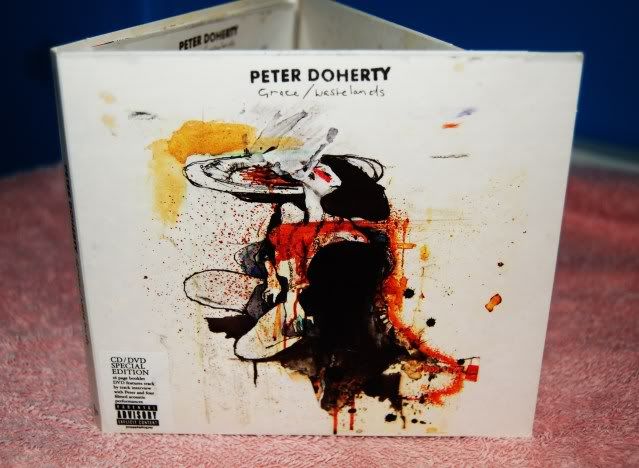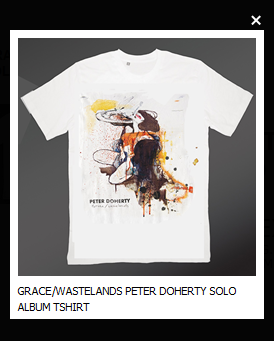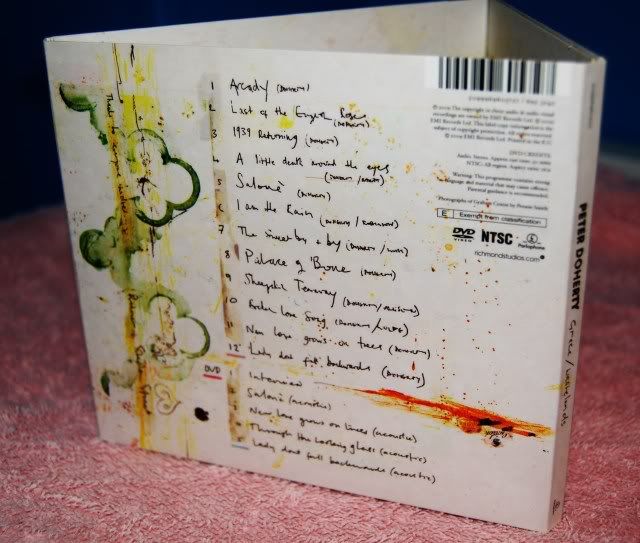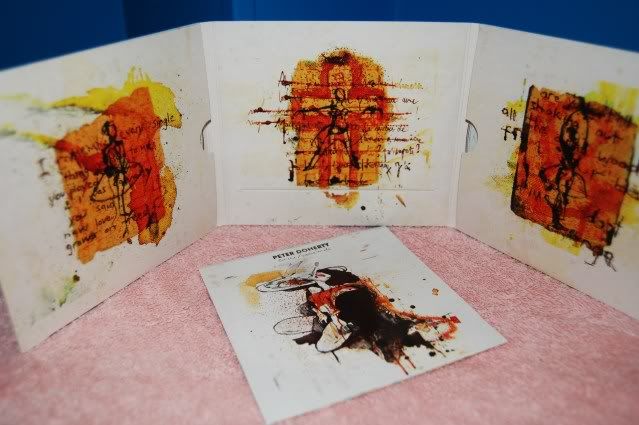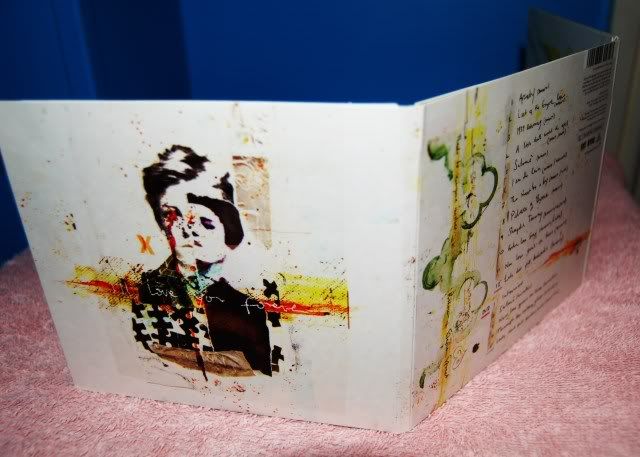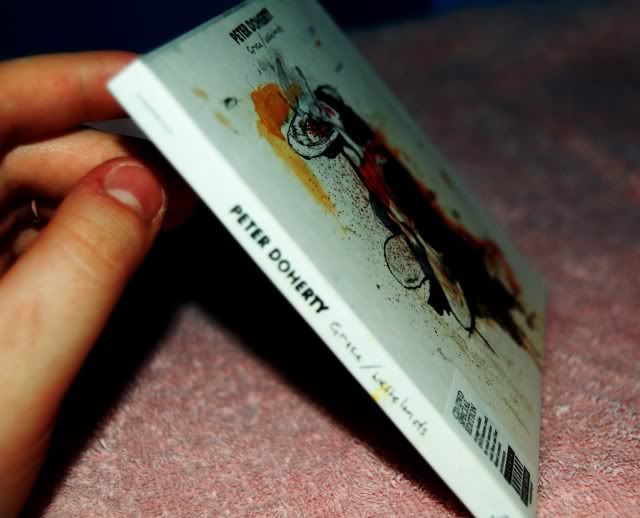We are entering the final stage of the coursework which is the evaluation. You have 4 questions which must finally be presented as a digital media format (ie not an essay)
We are changing to a new blog for the evaluation: http://leighmediaa2eval.blogspot.com - there is a link on the right
This task to begin with is individual but you will work in teams to finally present these.
Before you leave for the holidays:
1. Export your video and post to youtube/then to your blog
2. Upload your Digipak & Website images to your blog
Then over xmas finish your website...
3. Collect audience feedback using social networking sites
Build a questionnaire for Facebook & Myspace and circulate to members of your target audience - *IMP USE THE PAGE YOU CREATED FOR YOUR ARTISTS RESEARCH/MARKETING STRATEGY - IF YOU HAVEN'T DO SO NOW & INVITE YOUR AUDIENCE
- Facebook - http://www.quibblo.com/facebook-quizzes-surveys
- Myspace - http://tjshome.com/survey/
4. On your Individual Blog, add a post of preliminary notes/answers for each of the evaluation questions - they do not need to be full sentences just blog thoughts.
Look over the previous year' students examples for guidance (click on the links to see Sean's grade A example)
5. Look over the mark scheme (following post on the blog) - why did he get L4?
Evaluation Question 1
In what ways does your media product use, develop or challenge forms and conventions of real media products?
Capture 9 frames to demonstrate this
Evaluation Question 2
How effective is the combination of your main product and ancillary texts?
Include visuals (print screens etc)
Evaluation Question 3
What have you learned from your audience feedback?
Include print screen evidence of comments/questionnaires from Facebook - Youtube - Myspace & The bands website feedback
